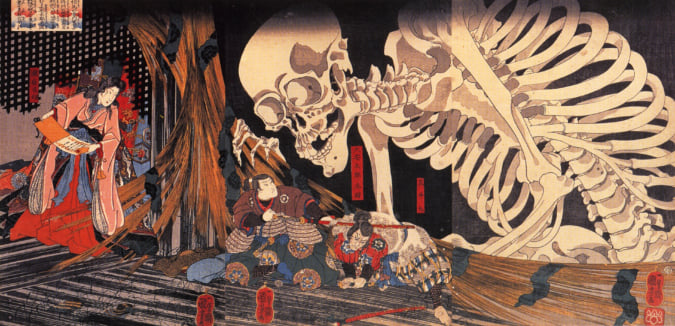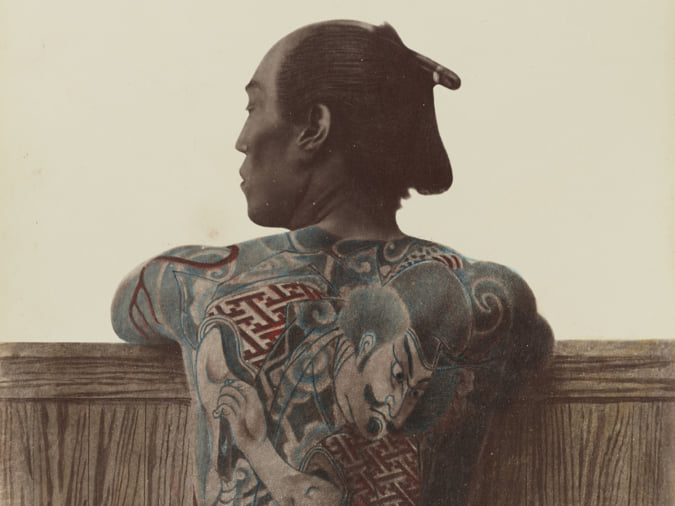Painting the State of Mind of a Generation
Tetsuya Ishida, painter of the ‘lost generation’, highlights the sense of isolation and alienation felt by young Japanese people in his work.
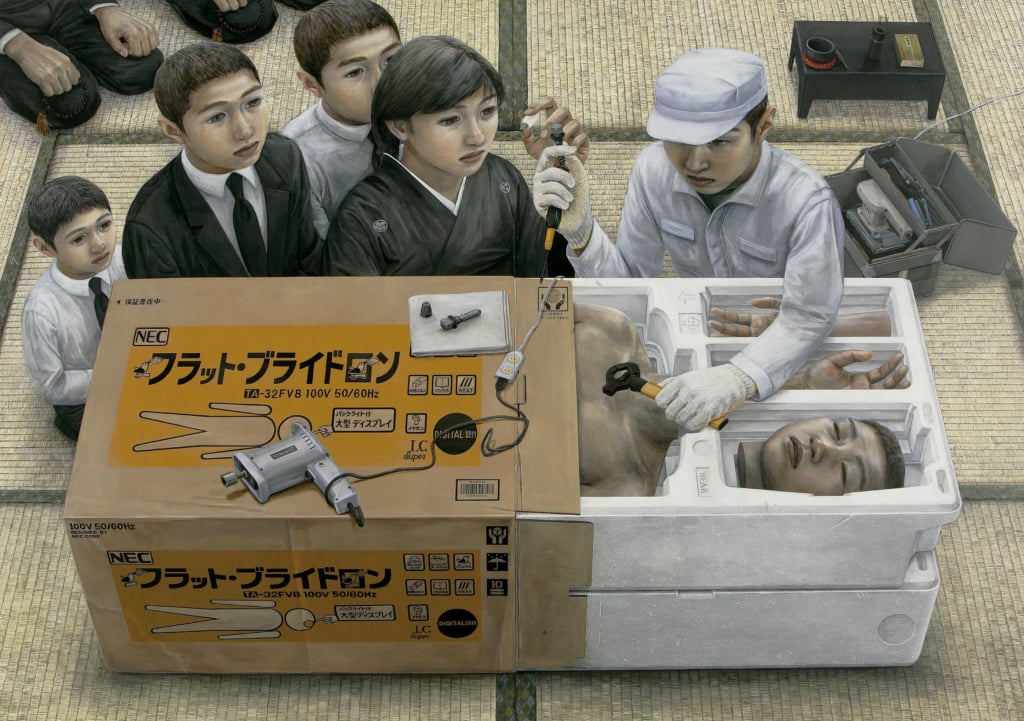
© Tetsuya Ishida
A child whose face looks like a black hole, bodies bound and bent, as if enslaved in an office giving a slight impression of claustrophobia, others shaped to form an integral part of a production line… Tetsuya Ishida seems to manhandle the humans who he paints on his canvases. However, this is not the case. The artist’s work is, in his opinion, just an allegory for Japanese society that torments those within it, who are transformed into servile, docile bodies.
Tetsuya Ishida was a contemporary painter who was born in 1973. After finishing Yaizu Central High School, he studied visual communication design at Musashino Art University, before graduating in 1996. He then embarked on a career as a painter, and achieved considerable success after one of his pieces was sold at Christie’s auction on East Asian avant-garde art, held in 1998. His brief career was cut short after just ten years when the artist passed away in 2005 after being hit by a train.
Depicting uncertainty and desolation
Representing the members of the ‘lost generation’ (1991-2001) —those who grew up in a context marked by the bursting of the real estate and financial bubble in Japan that plunged the country into a period of recession– Tetsuya Ishida constantly sought to translate their state of mind into painting. He explores feelings of uncertainty, desolation, isolation and alienation in a system driven by the imperatives of productivity and competition.
Around twenty pieces of the artist’s work were donated by his family to the MOA art museum in Shizuoka prefecture where Tetsuya Ishida hailed from, and are now part of its permanent collection.
Tetsuya Ishida’s work is represented by the Gagosian Gallery.
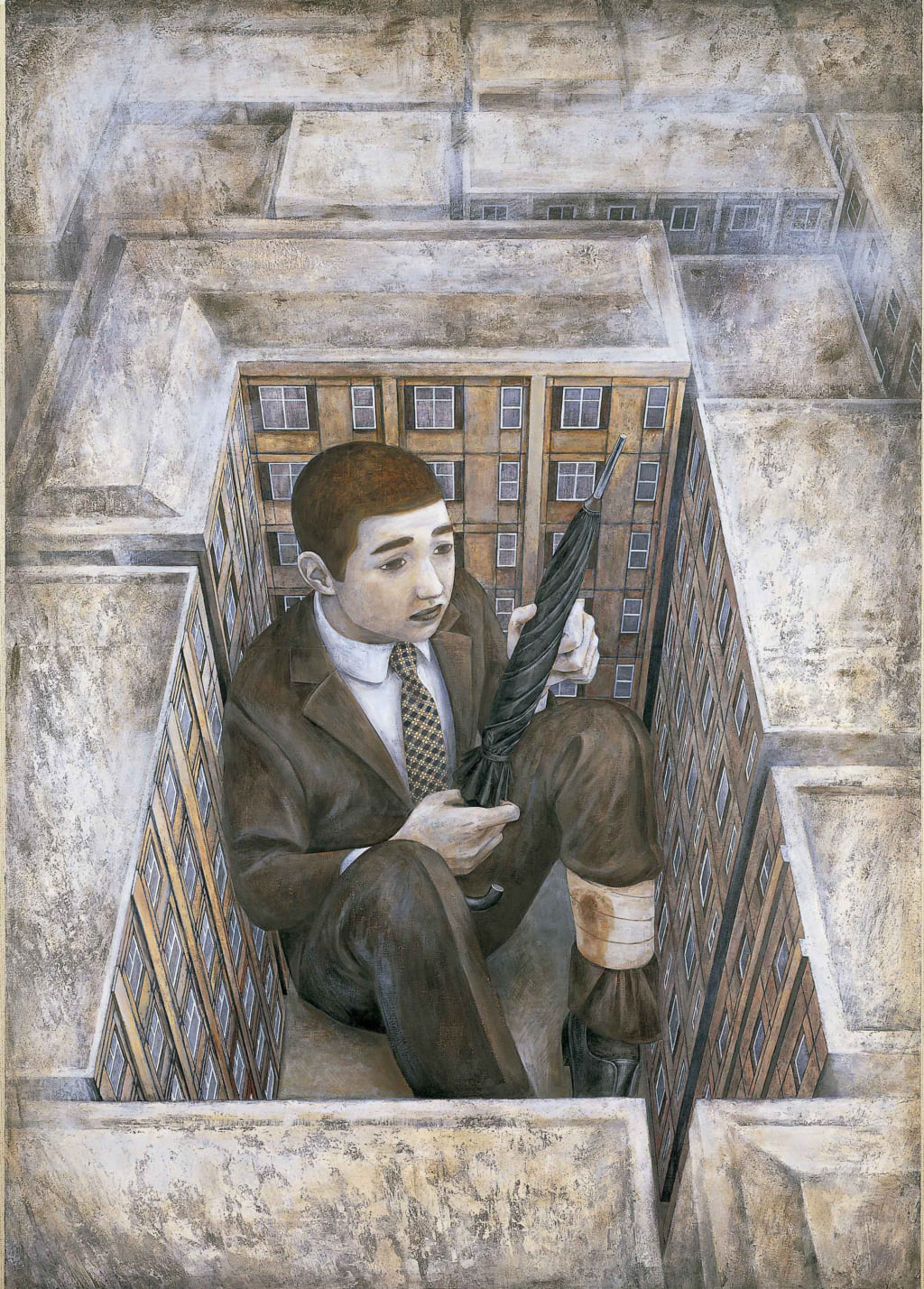
© Tetsuya Ishida
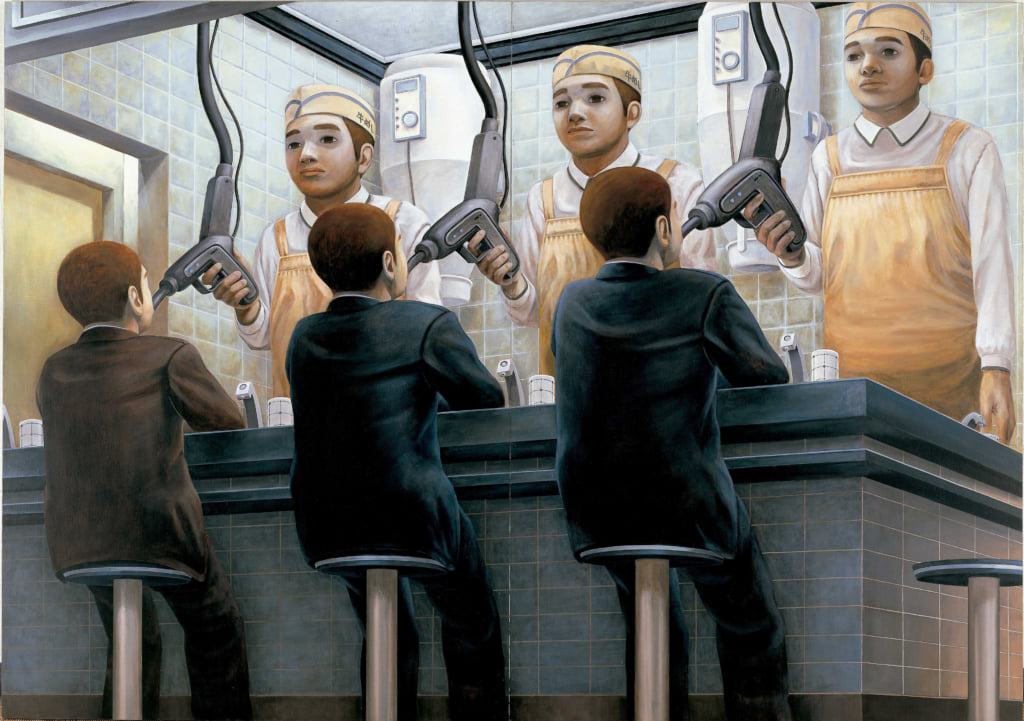
© Tetsuya Ishida
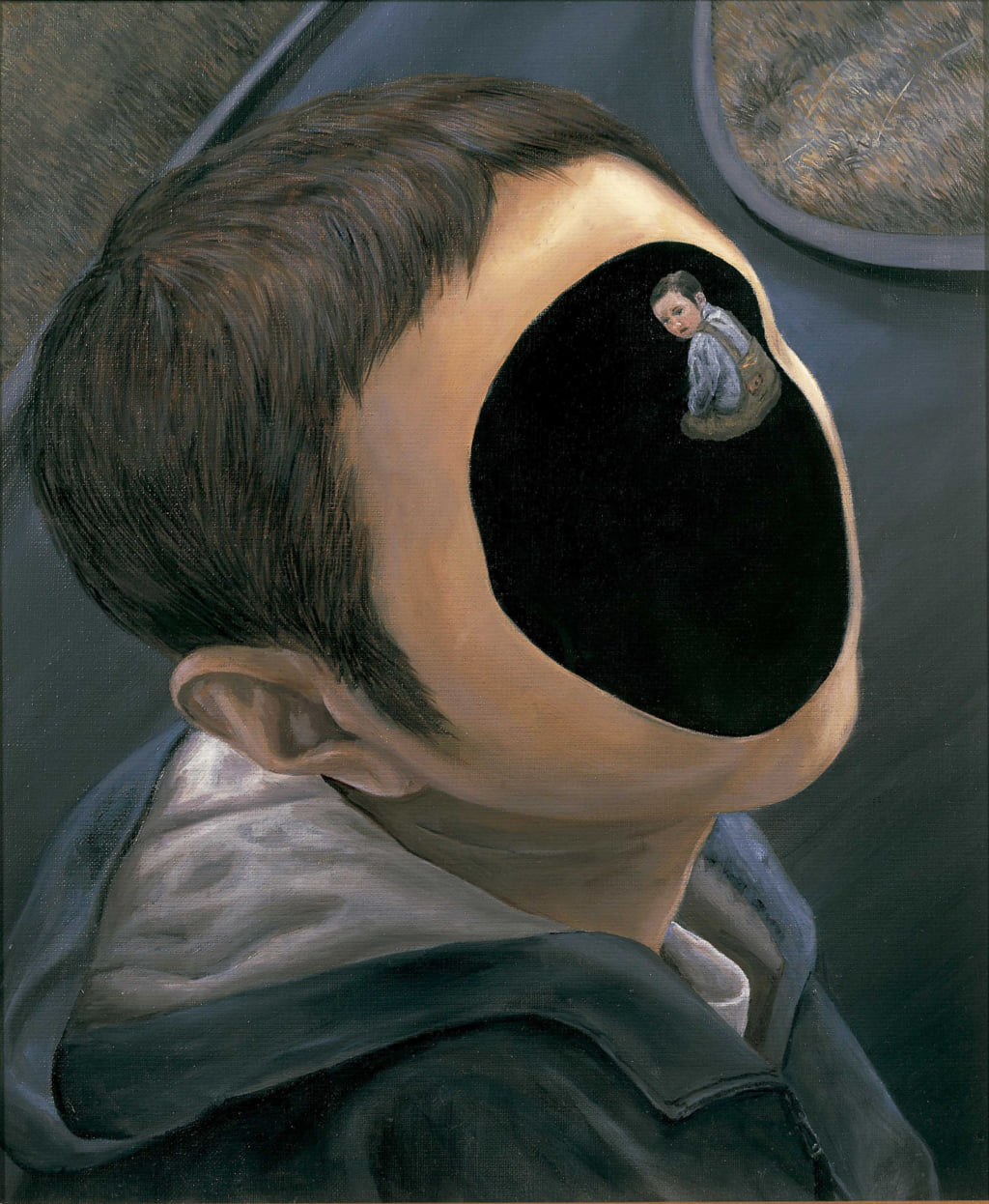
© Tetsuya Ishida
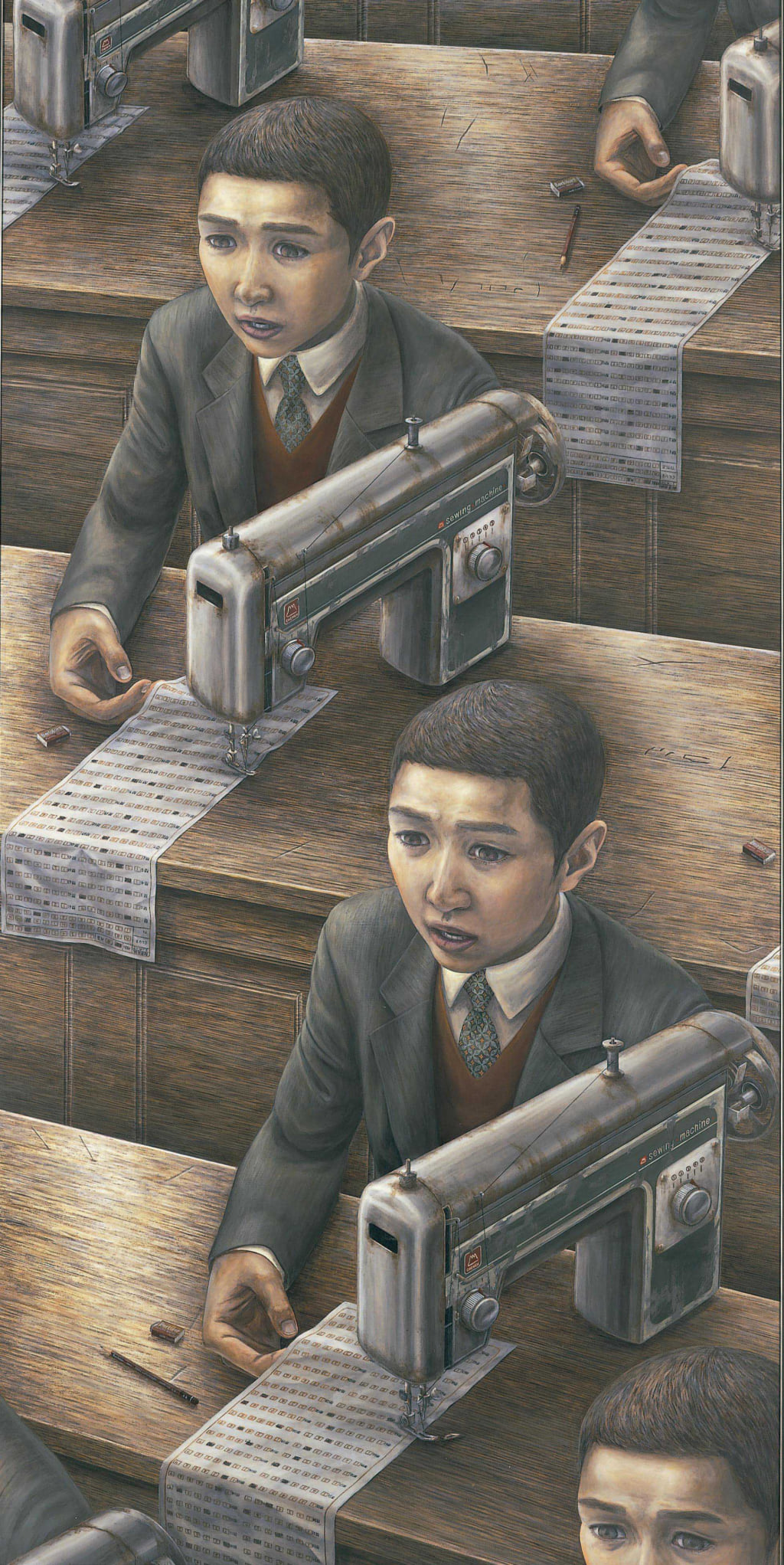
© Tetsuya Ishida
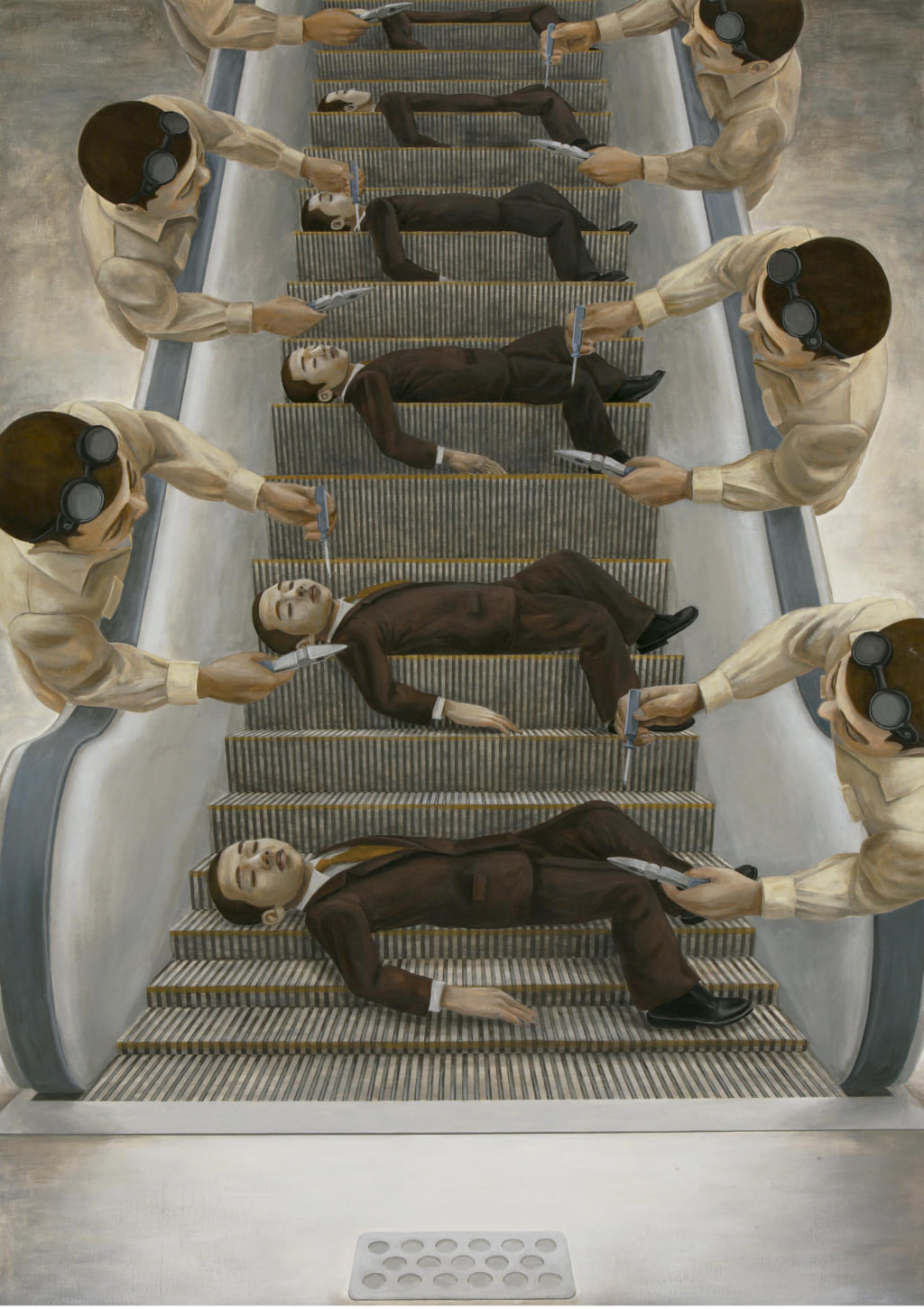
© Tetsuya Ishida
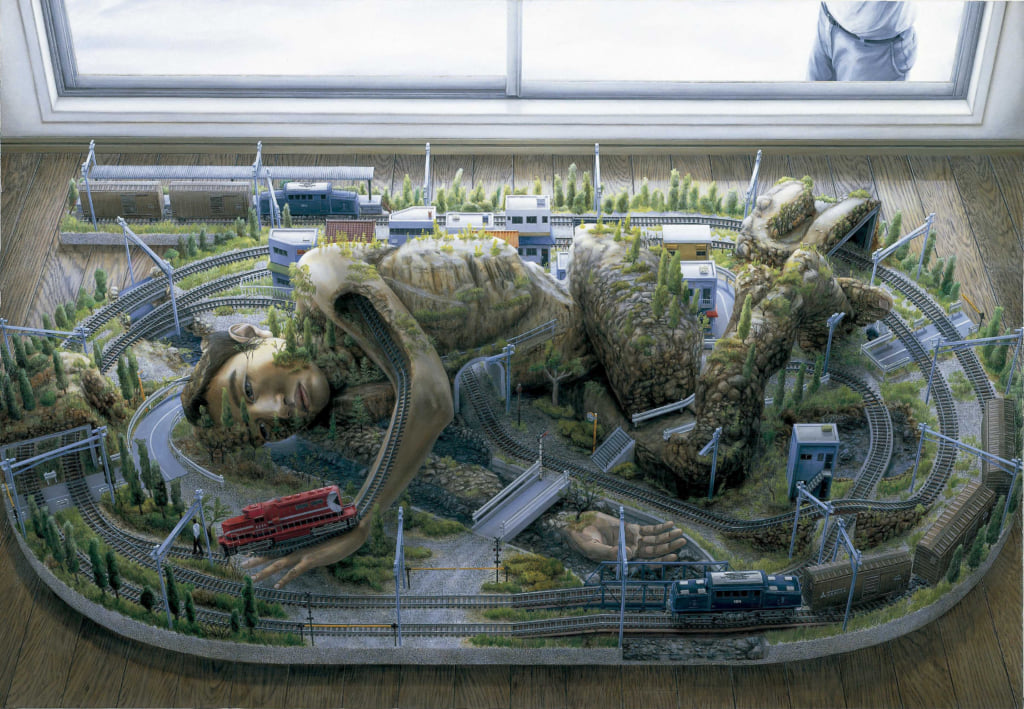
© Tetsuya Ishida
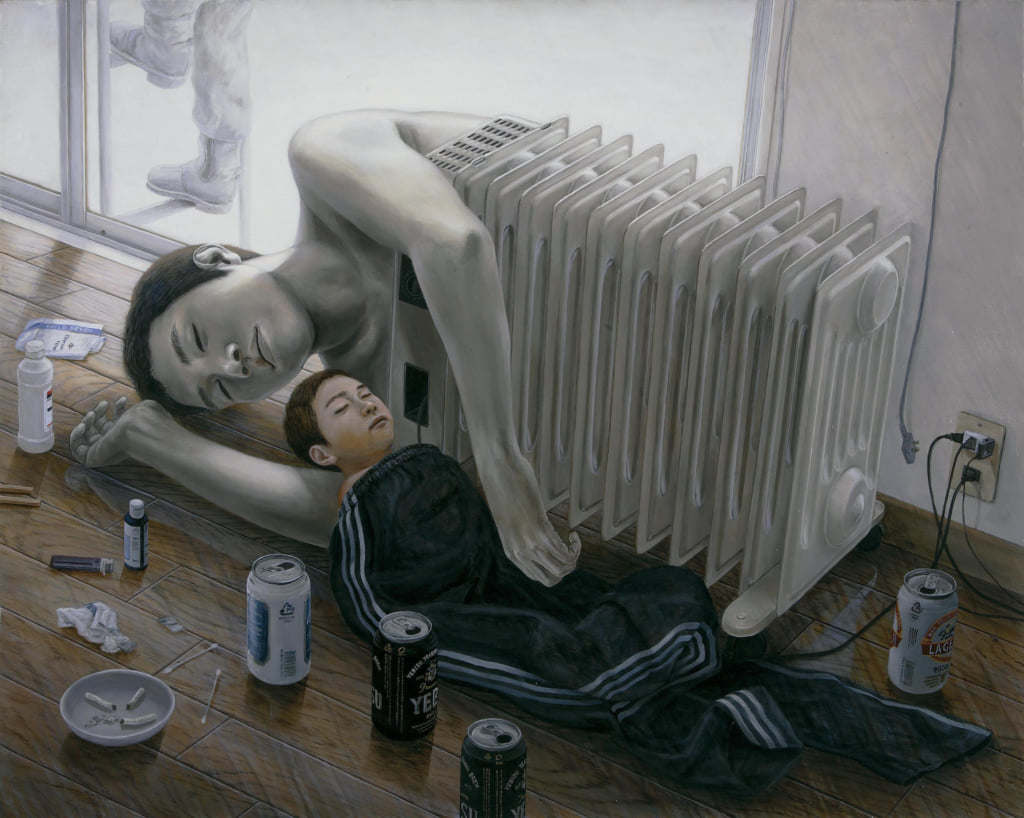
© Tetsuya Ishida
TRENDING
-
Gashadokuro, the Legend of the Starving Skeleton
This mythical creature, with a thirst for blood and revenge, has been a fearsome presence in Japanese popular culture for centuries.

-
The Tattoos that Marked the Criminals of the Edo Period
Traditional tattoos were strong signifiers; murderers had head tattoos, while theft might result in an arm tattoo.

-
The Tradition of the Black Eggs of Mount Hakone
In the volcanic valley of Owakudani, curious looking black eggs with beneficial properties are cooked in the sulphurous waters.

-
Colour Photos of Yakuza Tattoos from the Meiji Period
19th-century photographs have captured the usually hidden tattoos that covered the bodies of the members of Japanese organised crime gangs.

-
‘YUGEN’ at Art Fair Tokyo: Illumination through Obscurity
In this exhibition curated by Tara Londi, eight international artists gave their rendition of the fundamental Japanese aesthetic concept.

